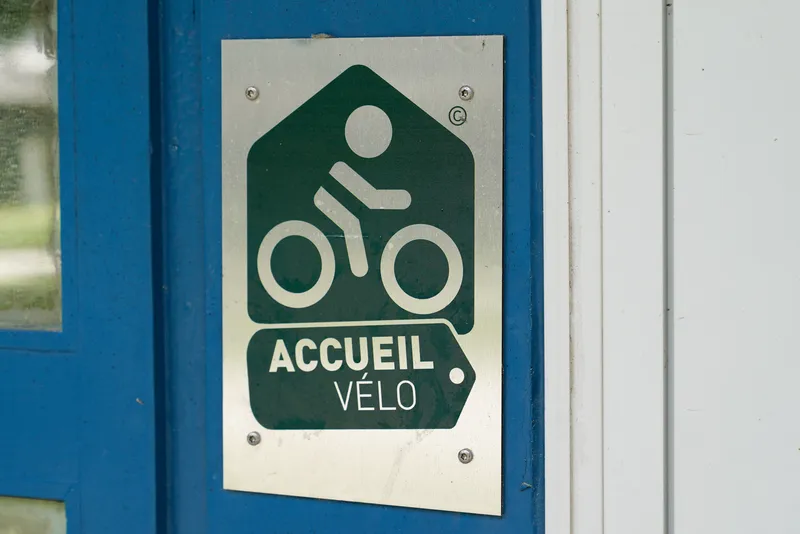
Those with an interest in crash attenuation should make their way to the
Many of the company’s products use a collapsible, energy-absorbing honeycomb and a variation of this is used in a new moveable barrier end for temporary concrete barriers used to separate live lanes from work zones. The portable version is mounted on a very heavy cast iron base enabling it to be positioned at the end of the temporary lane dividers without needing to be fixed to the ground.
A more permanent version can be used at the end of Jersey barriers and the standard (non-portable) design has been approved to the American standard for stopping a 2.2t pick-up.
Another related innovation is a pole-mounted camera system called Geronimo that sits at the back of the crash cushion and records 10 seconds of video in an endless loop. If the crash cushion is impacted, the recording then stops and the video clip is automatically sent back to the control centre along with an alert that an impact has occurred.
The new City Crash Cushion is tested to 50km/h and sits on a 1m x 1m footprint. Where required, an aluminium cover containing attenuation can be specified to help protect motorcyclists unfortunate enough to impact the cushion.










